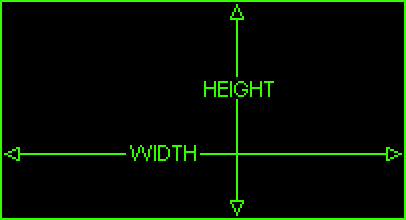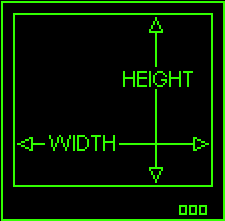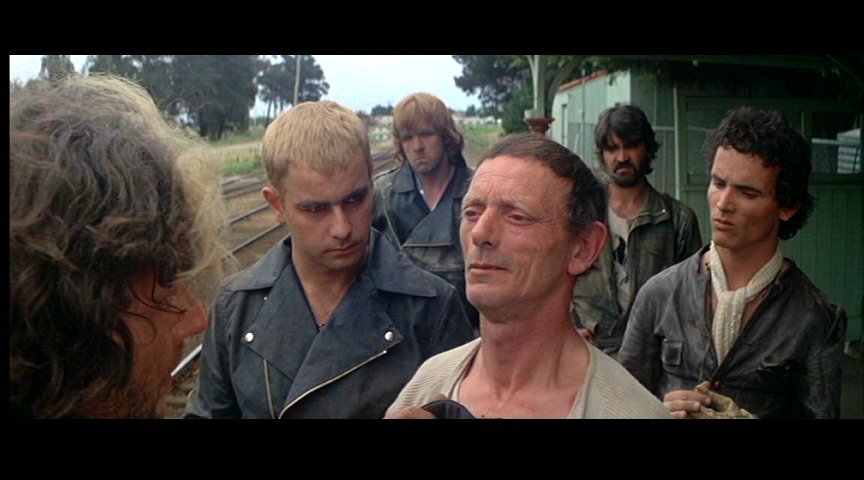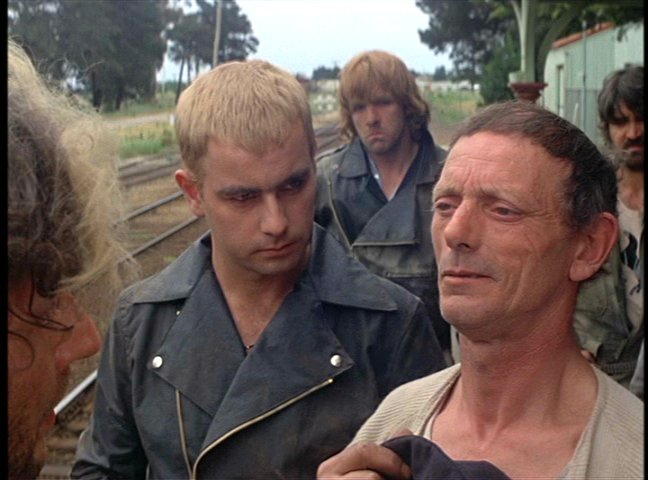Widescreen VS Full Screen
Or: Why "This movie had been formatted to fit your screen" is the most evil phrase in home movies.
I know this doesn't directly apply to drive-ins, but as a movie fan, I thought this needed to be explained. Many times while in the video store, I hear people talking about getting the "Full Screen" version of a movie because they didn't like the "black bars" at the top and bottom of the screen. What many people don't realize is that the black bars aren't covering anything because there wasn't anything there to begin with.
Next time you go to the movies, take a look at the size and shape of the theater screen. With most indoor and outdoor theaters, the screen is significantly wider than it is tall. Then take a look at your TV. If you notice that while it is also rectangular, it is nowhere near as wide as the theater screen is (relative to its height).

Typical theater screen (some may vary)

The typical TV (except for WIDESCREEN TV's)
To make another comparison, the following pictures are taken from the movie Mad Max. The images show the difference between WIDESCREEN / LETTERBOX compared to FULLSCREEN / PAN and SCAN.

This is the movie in WIDESCREEN format

This is the movie in FULLSCREEN format
As you can see, not everybody is visible in the FULLSCREEN version of the movie. By expanding the image to fill the screen, unfortunately the sides of the image are cut off. On average, about 30% of the picture is cut off on the sides, especially on movies filmed in 2.35:1 format. Movies like Star Wars and Mad Max are filmed in 2.35:1 format.
What that means is that the movie is 2.35 times wider than it is tall. Your TV is more like 1.33:1 or 1.33 times wider than it is tall.
After showing the differences, wouldn't you rather buy the whole movie instead of only 66% of it?
What to look for when buying videos (Laser Disc, DVD, or VHS):
Widescreen
Letterbox
Enhanced for Widescreen TVs
16:9
2.35:1
1.85:1
What to avoid when buying videos (Laser Disc, DVD, or VHS):
Fullscreen
Pan and Scan
1.33:1
Formatted to fit your screen.
Note: Many early movies were never filmed in a widescreen format. Examples are "Gone with the Wind" and "Wizard of Oz". Back then, the theater screens were not as wide as they are today, so the movies were never filmed any wider than that.
Back to…
